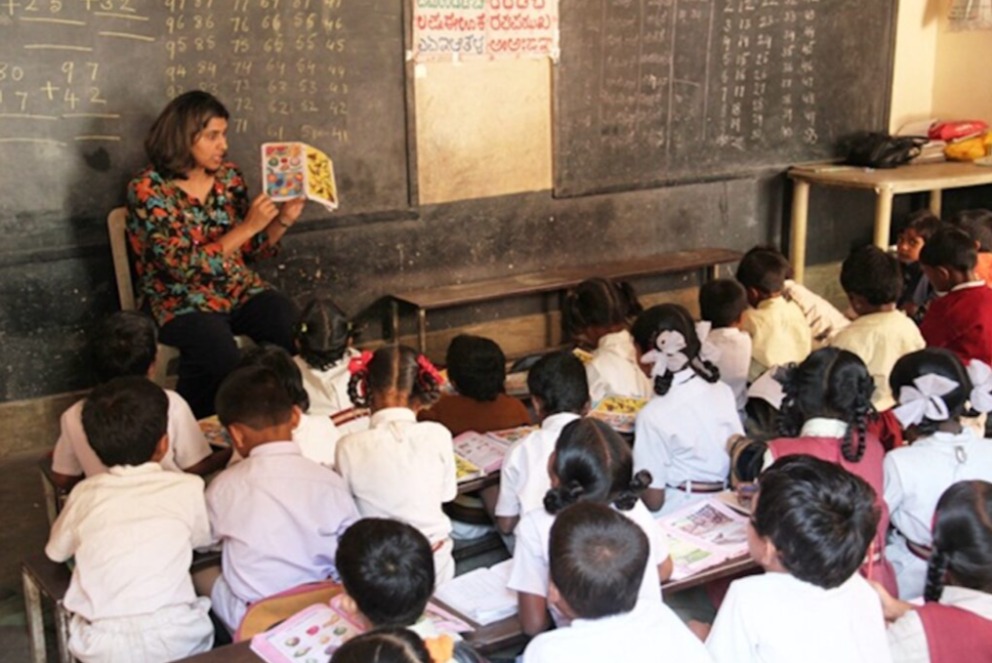By Alex Counts
When people from India began immigrating to the United States in the 1960s due in large part to a change in U.S. law, the priority of this small but growing community was to secure its economic base while adapting to local norms and maintaining elements of its vibrant culture. I had several friends of Indian descent while I was growing up in the 1980s in New York City. My best friend in college, Rohit Bakshi, was the son of a doctor who immigrated to the Buffalo, New York area in the 1960s. Today, my pal is a tenured professor at Harvard Medical School, one of the huge number of Indian-American physicians in the country. We have talked and seen each other regularly even since the mid-1980s, except for the six years when I was living in Bangladesh and falling in love with South Asian culture. (I still speak reasonably good Bengali to this day.)
Certain aspects of the Indian community’s coming into its own have happened slowly. For example, only in the last decade have Indian Americans emerged as a force in our nation’s politics. Today, the roles of Vice-President and leader of the House Progressive Caucus are filled by women from the Indian diaspora. The total representation of the community in Congress is now roughly equal to its proportion of the population. (As recently as 2010, there was no such representation at the federal level.) This quantum leap did not happen without sustained and focused efforts from people like Deepak Raj and Raj Goyale, who launched Indian American Impact in 2016.
More recently, Indian Americans have begun to contribute significantly in the philanthropic arena. Part of it is an outcome of their success in business, especially in technology and finance as well as other sectors, such as medicine and hotel management. As one Congressman recently said, Indian Americans constitute one percent of the population but pay an estimated 6 percent of the country’s taxes.
But the community goes far beyond supplying a disproportionate amount of public revenues through paying a lot of taxes. Increasingly, it is embracing American-style philanthropy in addition to significant private remittances, which exceeded $24 billion in 2022 (about a quarter of the global total received by India, according to the Reserve Bank of India).
Three noteworthy trends can be seen in Indian-American philanthropy.
Part of it is an outcome of their success in business, especially in technology and finance as well as other sectors, such as medicine and hotel management.
By increasing communication, coordination, and collaboration among Indian-focused nonprofits, some exciting things are happening. One example is the formation of the Indian Philanthropy Alliance itself in 2019.
Read the rest @ https://americankahani.com/perspectives/how-indian-american-community-is-addressing-social-and-economic-issues-through-philanthropy/






